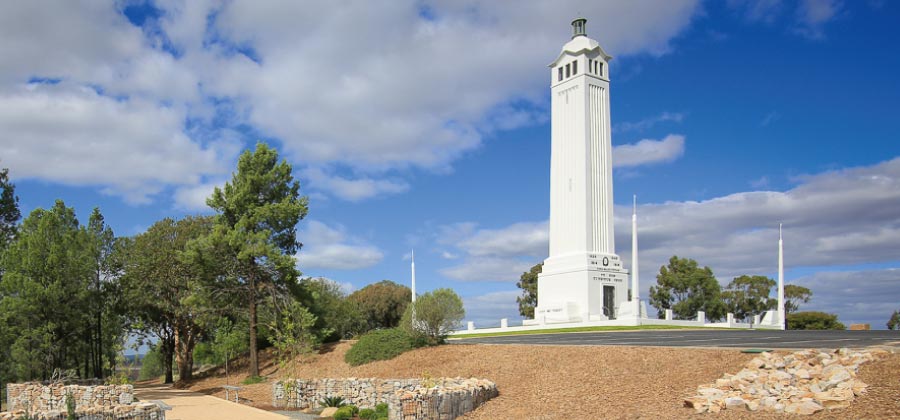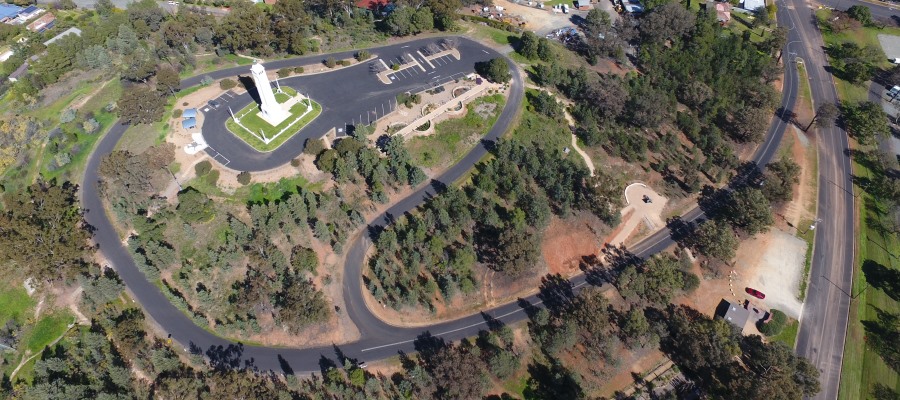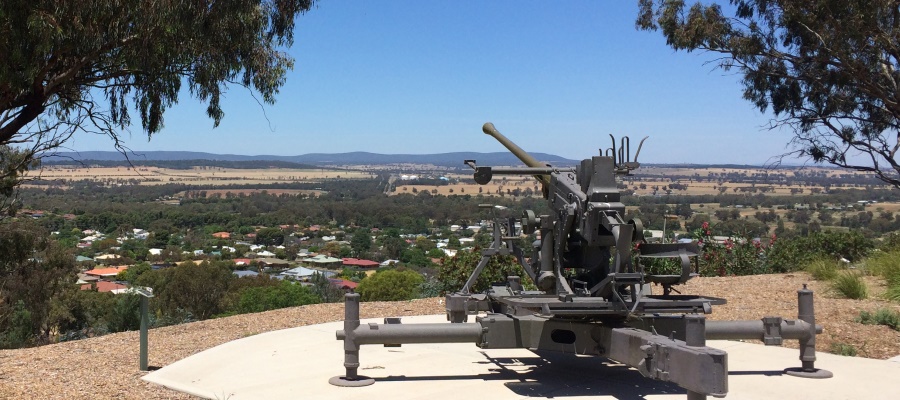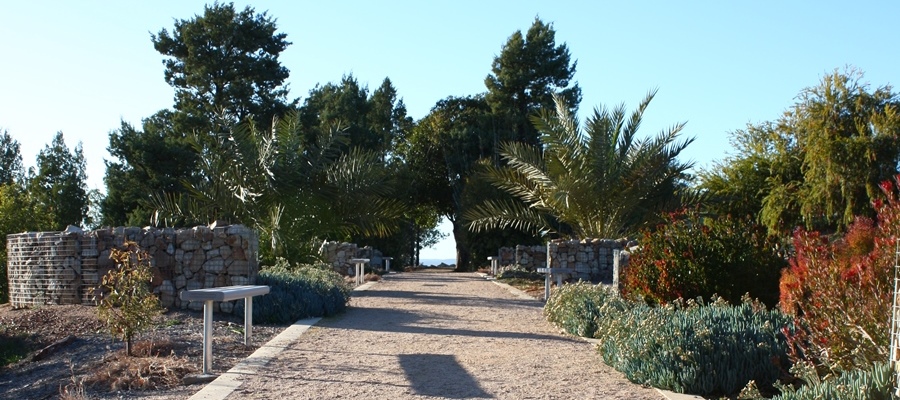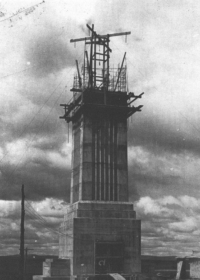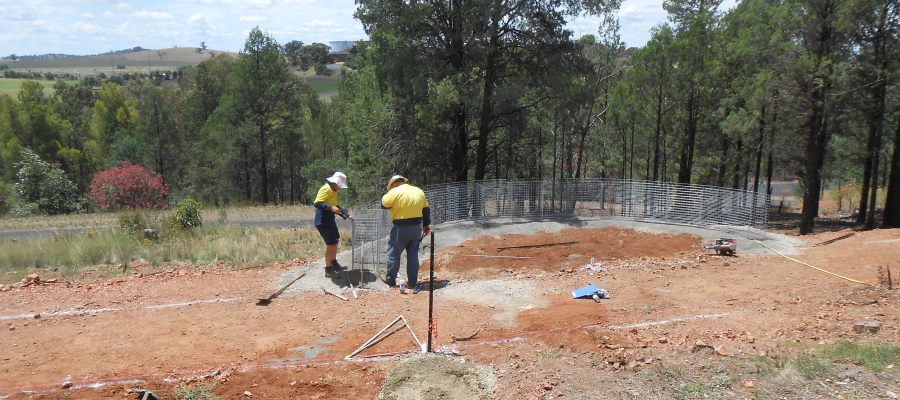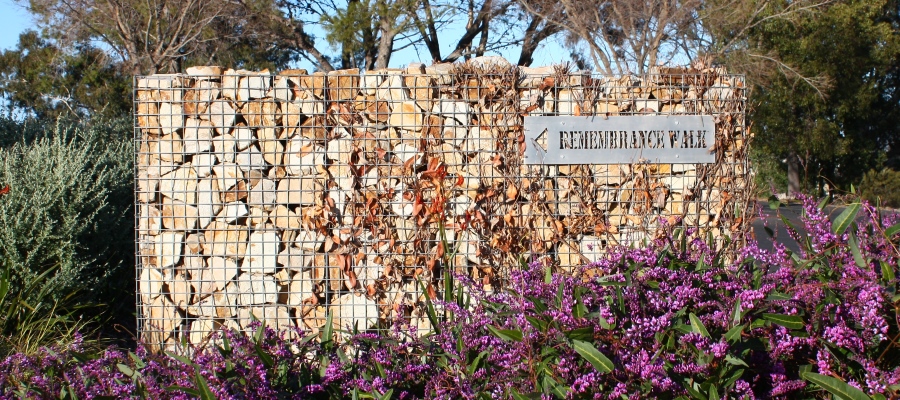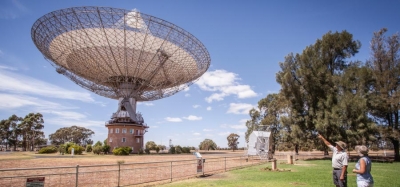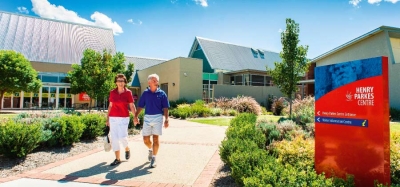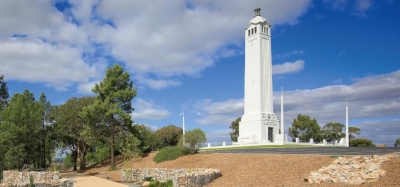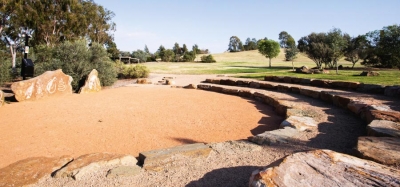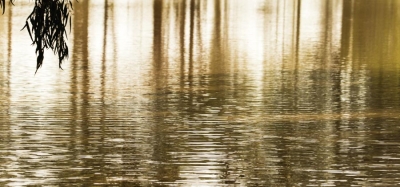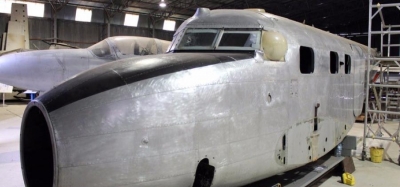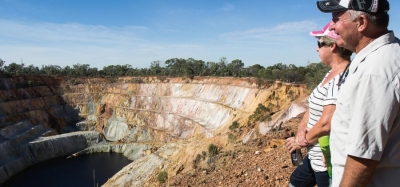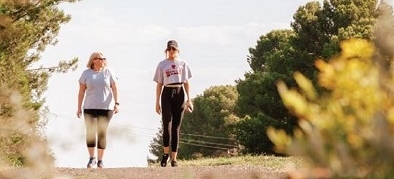Parkes Airport during and after WWII
Parkes Airport is located on Henry Parkes Way, 5kms east of Parkes.
Empire Pilot Training Scheme
Parkes airport was primarily built to accommodate the Empire Pilot Training Scheme in the early 1940s. The aim of the Scheme was to provide pilots to the allied forces in the European theatre of war.
Among the various RAAF Units that made Parkes their home, a significant amount of training was undertaken by No. 8 Operational Unit (8OTU). The unit was originally formed at Narromine RAAF base in 1944 but moved to the Parkes Base after only 10 weeks. The 8OTU was formed to take over the operational training of Spitfire and Boomerang pilots. Other units that were based at Parkes included:
- 1 Air Navigation School (1941–1945)
- 2 Wireless Air Gunners School (1941–1945)
- Central Flying School RAAF (19 February 1944 – 18 September 1944)
- 87 Squadron RAAF (October 1945 – 24July 1946)
In 1943, Gough Whitlam completed a navigator’s course, including celestial navigation for the Parkes base RAAF. He left Parkes with a commission ranked as a pilot officer.
All RAAF presence was gone from the airfield by 1946.
For a time, my mother and aunt ran an R&R roadhouse for aircrew training at the Parkes airport. They provided home cooked meals and music - records and pianola, which provided a home away from home atmosphere.
: Kay McLachlan
Every Anzac Day at 10.45am, the Parkes RSL Sub Branch makes a pilgrimage to the Parkes Cemetery to honour and lay wreaths on the graves of servicemen interred in the War Graves section and other denominational areas of the cemetery.
There are graves, within this compound, of servicemen who were killed or died within the Parkes area - particularly those who lost their lives during training at the Parkes RAAF Training Base during World War II.
The Office of Australian War Graves lists the RAAF servicemen at the Parkes War Cemetery and Parkes General Cemetery.
Migrant Camp
At the conclusion of WWII, the Australian Government opened its borders to skilled migrants who were displaced from Europe as a result of the destruction of their homelands. These migrants, largely from Eastern Europe, were placed in reception centres before being allocated districts to live and work in.
Many of the former RAAF bases around Australia were used for this purpose. Parkes airport became one of those reception centres, which closed in the early 1950s.
Destitute, disillusioned and displaced
Several thousand people passed through the Parkes Camp, many of whom were from Poland. These migrants, seeking new homes in countries like Australia, had to survive new battles and hardship. Arriving here, they were destitute, disillusioned and displaced.
They spent their first few months enduring language difficulties, homesickness and loneliness. For some it was just as tough as surviving the war.
Between 1948 and 1952, Australia accepted over 150,000 migrants and their first homes were the migrant camps situated in Bathurst, Greta, Cowra and Parkes in NSW, and Bonegilla in Victoria.
A new home
Several hundred babies were born at the dedicated hospital within the Parkes migrant camp. Many migrant families subsequently adopted Parkes as their hometown, contributing substantially to the development of the Parkes community and providing a multicultural base that few country towns could emulate.

